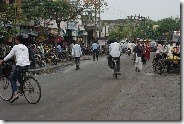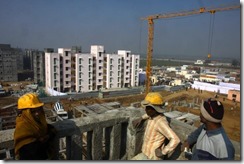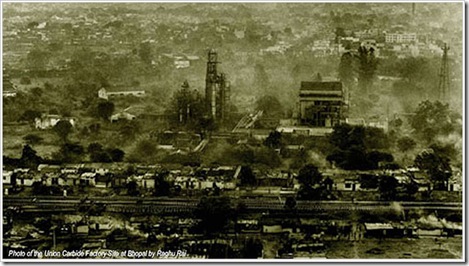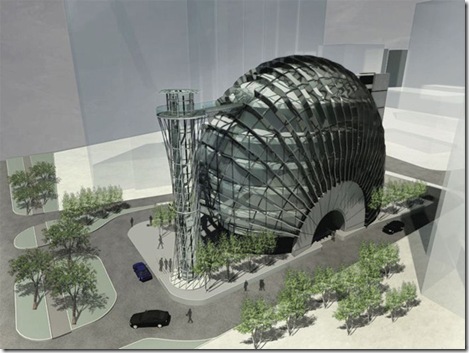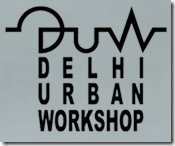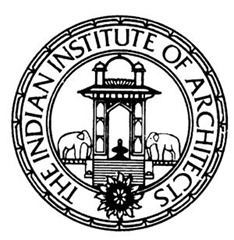 The NATIONAL CONVENTION of THE INDIAN INSTITUTE OF ARCHITECTS for the year 2010 is being held at Lucknow, UP on the 3rd, 4th & 5th ofDecember, 2010. This National Convention is being organized under the aegis of the UTTAR PRADESH & UTTRAKHAND chapter of the Institute.
The NATIONAL CONVENTION of THE INDIAN INSTITUTE OF ARCHITECTS for the year 2010 is being held at Lucknow, UP on the 3rd, 4th & 5th ofDecember, 2010. This National Convention is being organized under the aegis of the UTTAR PRADESH & UTTRAKHAND chapter of the Institute.
A large number of member-delegates, eminent personalities, people from allied professions, builders and construction-professionals from all over the country will attend this convention. The convention has been named ‘IIA NATCON 2010’.
The theme of the Convention is ‘SUSTAINABILITY : Global Problems- Local Initiatives’. In today’s time nothing can be more important than the optimization of the use of natural resources and the built-environment to sustain itself on minimum use of energy and yet provide the best ambience for human functions, their comfort and development.
The main theme has been sub-divided into sub-themes namely:-
a. Role of Policies and their Implementation in achieving a sustainable built-environment.
b. Role of Design in achieving a sustainable built-environment.
c. Role of Construction Techniques in achieving a sustainable built-environment.
d. Role of Products and Materials in achieving a sustainable built-environment.
In the context of today’s world the importance of achieving a sustainable built environment can neither be denied nor belittled. Architects play an important role in the type of built environment we achieve, and that role they play to the best of their knowledge about Sustainable Architecture. It is this knowledge-bank we seek to enhance at this convention.
This is to request all members of the Indian Institute of Architects to take that extra step and share their knowledge and make us more adept at handling Green / Sustainability concerns. We invite all members to send us material on the theme for publication in the Souvenir to be released for the Convention in the form of:-
a. Papers / Written Articles
b. Caricatures
c. Photographs
d. Cartoons, etc.
Material on other subjects of general interest to Architects may also be considered for publication. Outstanding articles / papers may get the opportunity to present the paper at the Technical Sessions of the convention.
As time is a pressing factor, it is requested that the above material reach the desk of the Convener Ar Asthana kkasthana@hotmail.com or iia.natcon2010@gmail.com latest by November 15th, 2010.
We once again request your whole-hearted cooperation which will go a long way to the benefit of all.
Thanking you
Ar. Atul Srivastav
Coordinator, Academic Programme.

